Kalogeros is a village with a rich history and a strong sense of community. Its name, landmarks, and traditions reflect its diverse past, from the Venetian and Ottoman periods to the German occupation and the present day. The village’s focus on agriculture and cheese production, along with its well-preserved churches, showcases its cultural and economic vitality. Kalogeros offers visitors a glimpse into the authentic Cretan way of life, where history, tradition, and natural beauty intertwine.
Historical References
The history of Kalogeros is intertwined with its name, which has evolved over time. It was originally known as “Kastellas,” a name derived from the Venetian fort whose ruins still stand in the area. This suggests a past marked by strategic importance and potential conflict during the Venetian rule of Crete.
The village later adopted the name “Kalogeros,” meaning “monk” in Greek. Local lore attributes this change to a monk who, around 350 years ago, abandoned his monastic life at the now-defunct monastery of Agios Georgios, married, and became the first inhabitant of the village. This narrative highlights the influence of religious figures and institutions in shaping the village’s identity.
Kalogeros also played a role in the resistance against the German occupation during World War II. In 1941, German forces surrounded the village in search of British soldiers. While no villagers were arrested, two were injured and one was killed while attempting to flee. This tragic event serves as a reminder of the hardships and sacrifices endured by Cretans during the war.
Location & Dimensions
Kalogeros is situated in the Amari province, in the southeastern part of the Rethymno regional unit. The village is nestled in a mountainous landscape at an altitude of 480 meters above sea level, offering panoramic views of the surrounding countryside.
With a current population of 170, it can be inferred to be a relatively small settlement. Its location, away from major urban centers, contributes to its tranquil and secluded atmosphere.
Historical Significance
Kalogeros holds historical significance for several reasons. The evolution of its name, from Kastellas to Kalogeros, reflects a transition from a fortified settlement to one associated with monastic life and spirituality. This suggests a shift in the village’s focus and character over time.
The absence of Turkish residents during the Ottoman occupation is also noteworthy. This could indicate that the village maintained a degree of autonomy or resistance during this period, or that its location and resources were less attractive to Ottoman settlers.
Furthermore, the village’s involvement in the resistance against the German occupation underscores its contribution to Crete’s struggle for freedom and self-determination. The war memorial dedicated to the fallen soldiers of World War I further emphasizes the village’s historical role in broader conflicts.
Population Data Over the Years
Year |
Population |
|---|---|
1900 |
233 |
1920 |
217 |
1928 |
224 |
1940 |
260 |
1951 |
253 |
1961 |
237 |
1971 |
172 |
1981 |
159 |
1991 |
160 |
2001 |
171 |
2011 |
119 |
Landmarks and Attractions
- The ruins of the Venetian fort: The original namesake of the village, the fort is a reminder of the area’s strategic importance during the Venetian era.
- The church of Agia Marina: A Gothic-style church with frescoes, recently restored by the Archaeological Service.
- The church of Agios Ioannis: Another Gothic-style church with frescoes, dating back to 1347.
- The church of Agios Georgios: Built in 1500, this church features frescoes in a state of disrepair.
- The church of Agios Athanasios and Kyrillos: A Gothic-style church built in 1874, serving as the main church of the village.
- A war memorial: Dedicated to the fallen soldiers of World War I, honoring the village’s contribution to the war effort.
Current Status
Kalogeros remains a predominantly agricultural village, with its residents engaged in the cultivation of olive oil, citrus fruits, almonds, and walnuts, as well as livestock farming. The presence of two cheese factories in the village highlights the importance of dairy production to the local economy.
The village’s cultural heritage is preserved in its well-maintained churches, which showcase a blend of architectural styles and artistic expressions from different historical periods. These churches serve as both religious and cultural centers, fostering community cohesion and providing a glimpse into the village’s rich past.
Village Key Points
- Historical References: The village was originally named Kastellas after a Venetian fort in the area. It was later renamed Kalogeros after a monk who left his monastery and settled there.
- Location: South-east of Rethymno, at an altitude of 480 meters.
- Historical Significance: The village’s name change reflects a shift from a fortified settlement (Kastellas) to one associated with monastic life (Kalogeros). Its resistance during the German occupation highlights its role in Cretan history.
- Population data over the years: Current population is 170 residents
- Current Status: A village with a primarily agricultural economy, producing olive oil, citrus fruits, almonds, walnuts, and livestock products. Two cheese factories operate in the village.
Access
Kalogeros is 20.4 kilometers away from the town Rethymno and 3.3 kilometers away from Amari.













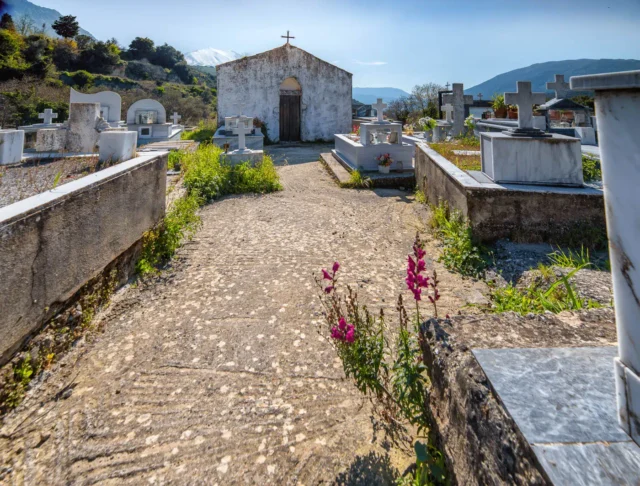

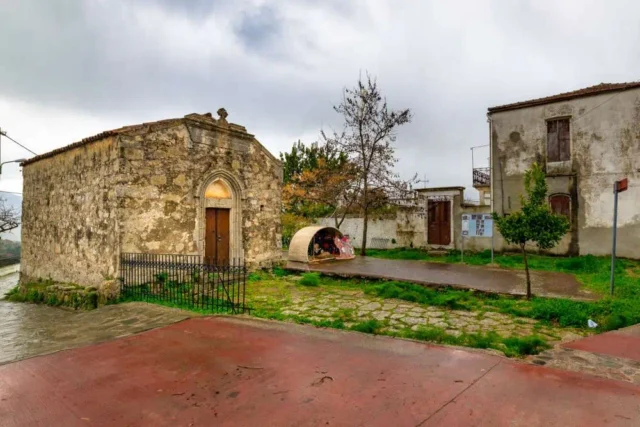

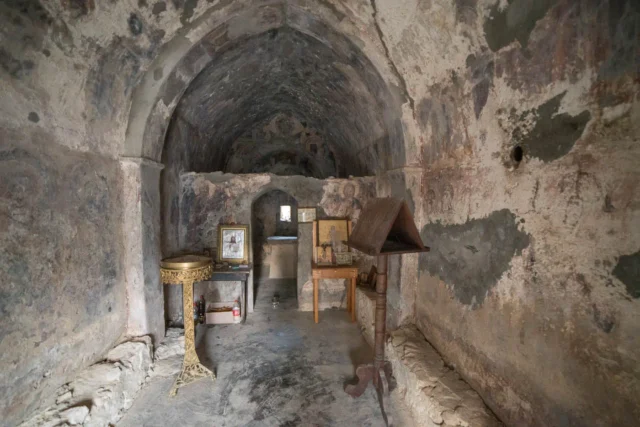
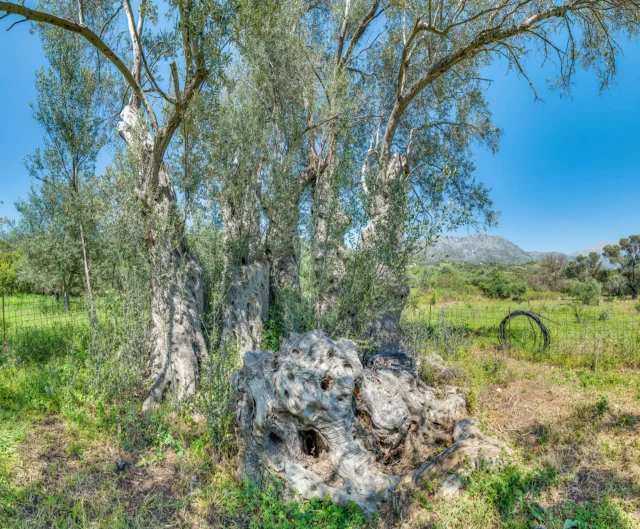
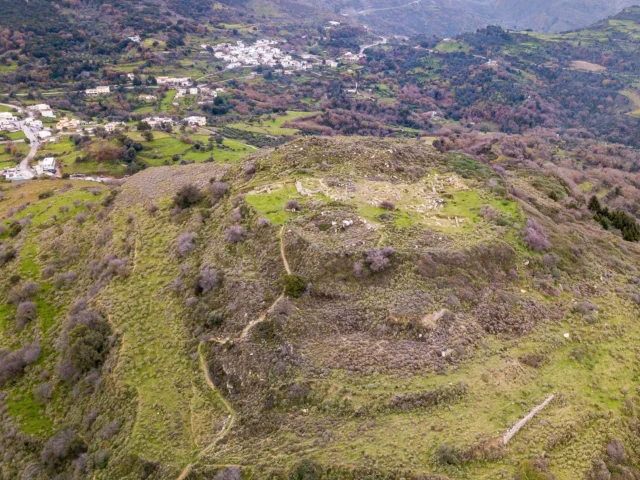
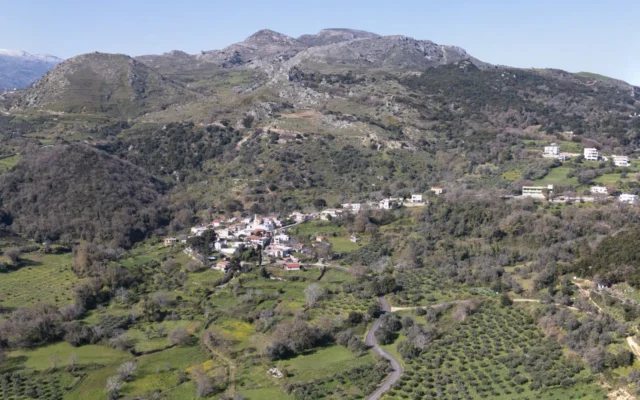

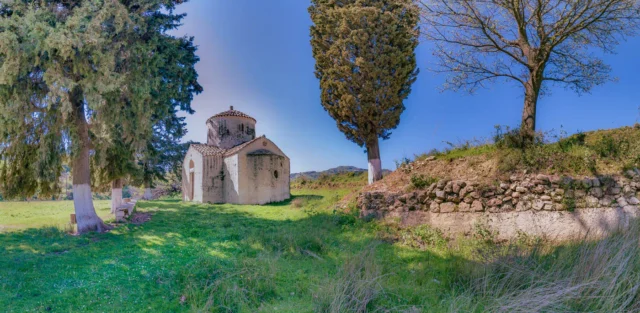

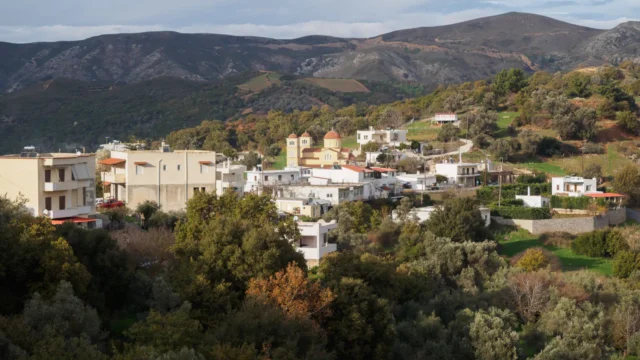
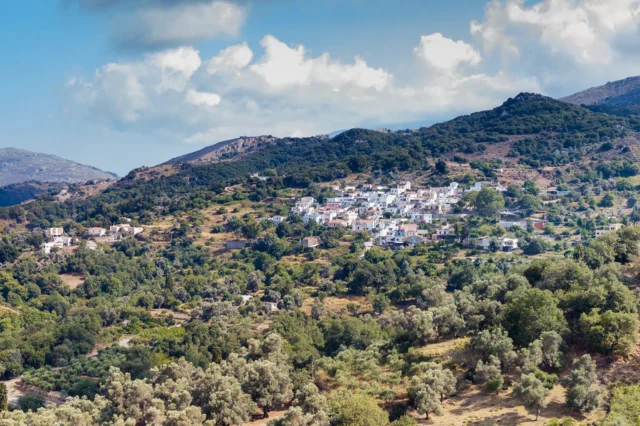

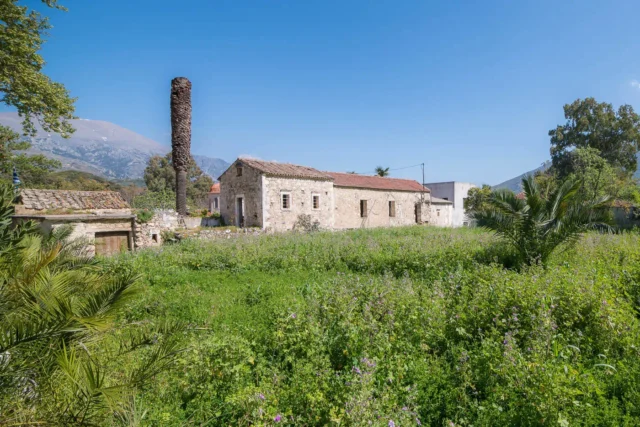

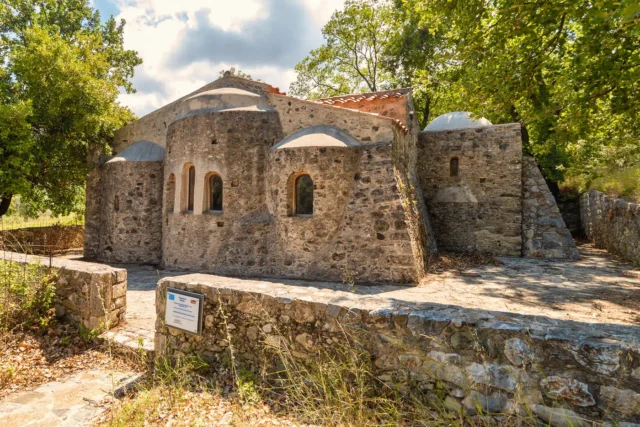
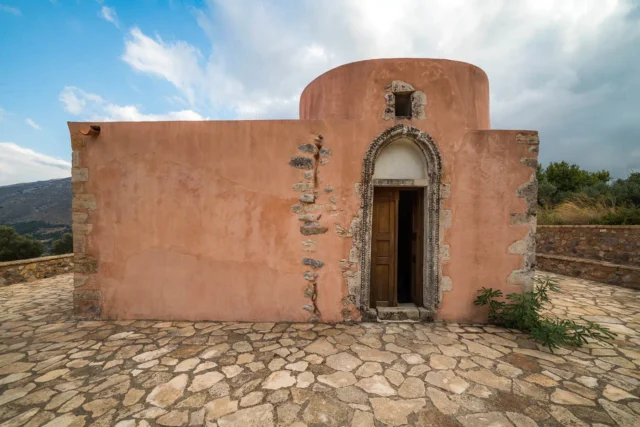

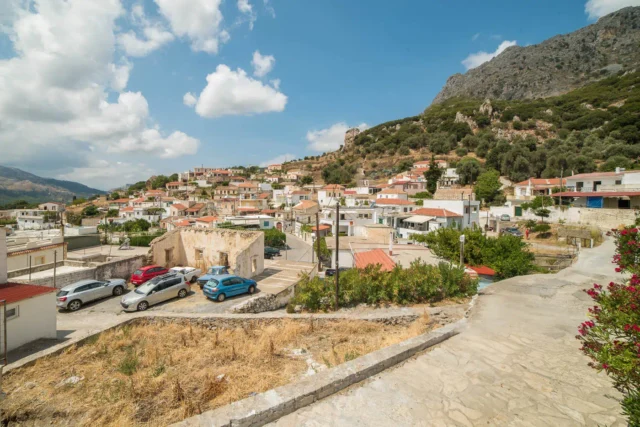
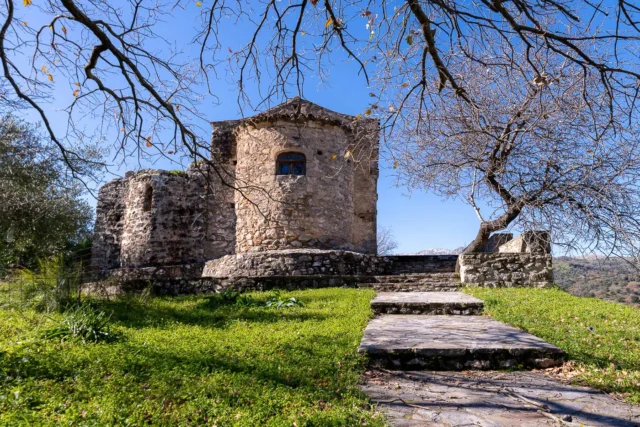
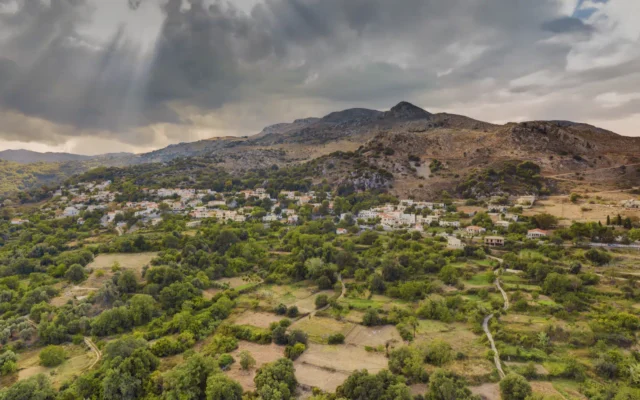
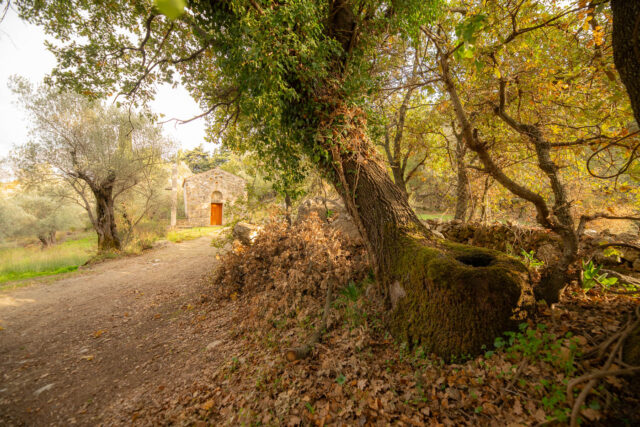

There are no comments yet.